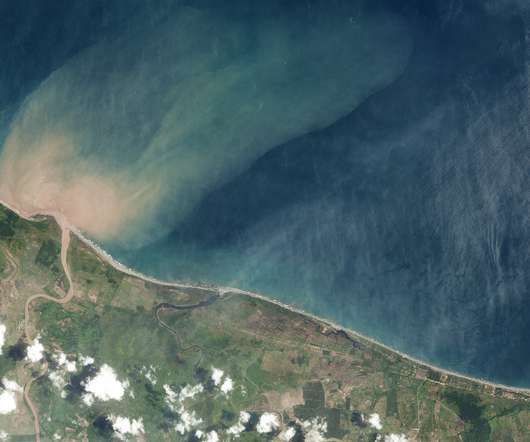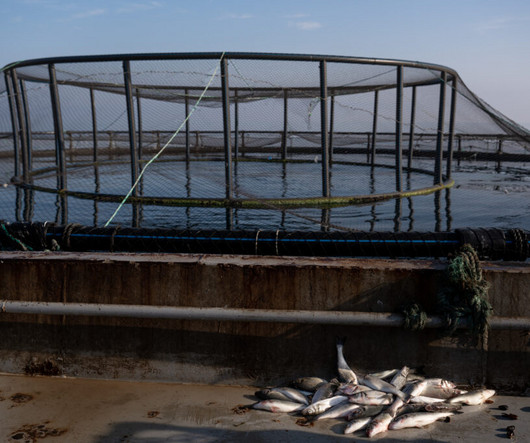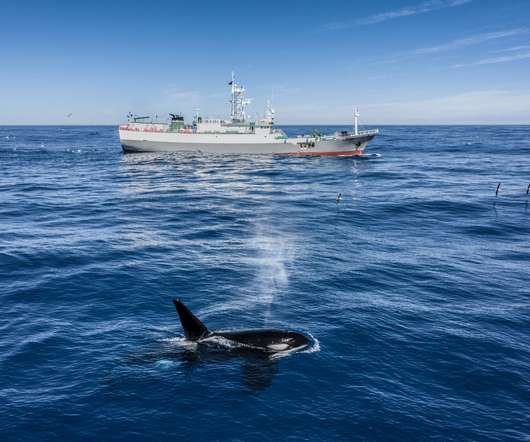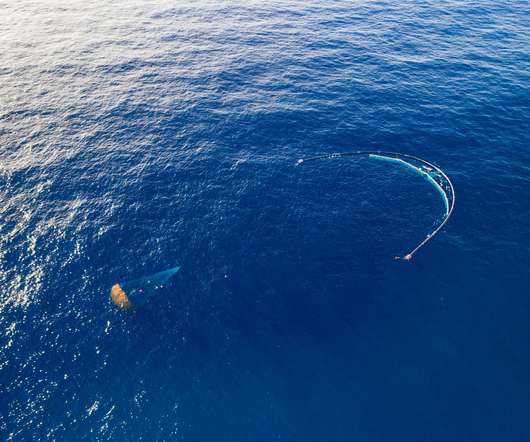All Eyes on Marine Plastic From Orbit
Planet Pulse
OCTOBER 27, 2020
One of the most topical problems in marine pollution is microplastic debris, with an estimated 93 to 236 thousand metric tons of microplastic in our oceans as of 2014.

Planet Pulse
OCTOBER 27, 2020
One of the most topical problems in marine pollution is microplastic debris, with an estimated 93 to 236 thousand metric tons of microplastic in our oceans as of 2014.

Envirotec Magazine
OCTOBER 18, 2019
.” Gelatex Technologies from Estonia has won the Green Alley Award 2019 – an annual prize recognising startups in the circular economy, which has been running since 2014. Differently coloured trustmarks indicate whether products and/or packaging are free of plastics and microplastics or are made of recyclates.
This site is protected by reCAPTCHA and the Google Privacy Policy and Terms of Service apply.

Green Business Bureau
APRIL 27, 2021
Launched in 2014, Petite Lucette is a sustainable and circular fashion brand founded by French sisters, Anaïs and Clémence. Not to mention over one-third of microplastics found in oceans come from synthetic fabrics such as nylon and polyester, along with laundry detergents.

DeSmogBlog
JUNE 7, 2024
Their operations pollute the surrounding marine environment with microplastics, antibiotics, and chemicals such as formaldehyde, as contaminated water flows through nets into the open sea. billion euro into the industry since 2014, according to the EU Court of Auditors, despite the fact that farmed salmon alone – which only makes up 4.5

DeSmogBlog
AUGUST 25, 2021
As rainfall crosses land, it picks up sewage, fertilizers, detergents, and microplastics and carries them straight into the world’s oceans. This is roughly double the amount of electricity used in the United States in 2014. With rising global temperatures, the ocean’s levels of dissolved oxygen have skyrocketed.

Green Business Bureau
OCTOBER 26, 2022
And even then, the bags only break down to remain as microplastics that accumulate within the food chain. As already mentioned, once in the environment, plastic bags take up to 1,000 years to break down, and when they do break down, the microplastic byproducts remain in the environment and accumulate up the food chain.

Unsustainable
FEBRUARY 11, 2020
The nets were also limited in their ability to pick up microplastics, which are formed by larger pieces breaking down in the water. The current U-shaped boom is the latest design which allows fish and other sea animals to swim underneath, while it captures floating plastic debris ranging in size from microplastics to discarded tires.
Let's personalize your content